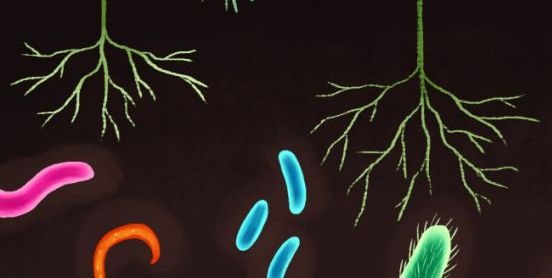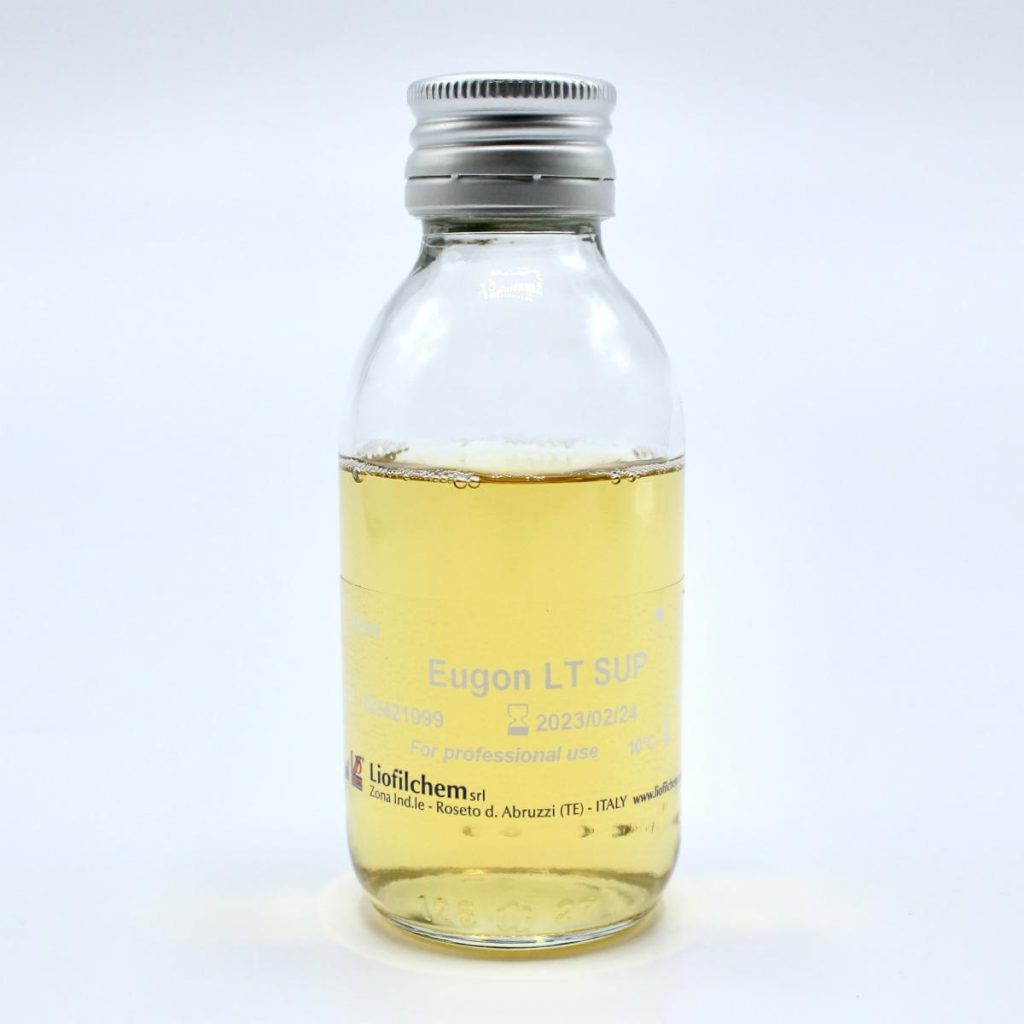The soil is that part of the earth crust or earth that supports plant life. It is the region of the earth surface from which plants and crops derive their nutrients and support. The environment of the soil contains different array of microorganisms including bacteria, fungi, algae, protozoa and actinomycetes. These microbes play a variety of roles in maintaining the fertility of the soil aside their much significance in maintaining a stable and optimal ecosystem. The soil contains both organic and inorganic matter that supports both the microbes that live in the soil and other organisms including man that depend on the soil for its food.
The organic and inorganic matter found in the soil serves as a source of great growth medium and/or resources for the sustenance of live in the soil. Microbes depend on these nutrients to survive; and in turn, the microbial activities of these organisms including bacteria, fungi, algae, actinomycetes and protozoa contribute tremendously in improving the fertility of the soil. When the fertility of the soil is improved through microbial activity, plants and crops will flourish well and food will be made available for man and other animals in the ecosystem. The soil is full of life and it is the microorganisms (bacteria, fungi, algae, protozoa and actinomycetes) that are found in the soil that contributes a great deal to the living-nature of the soil.
Algae are photosynthetic organisms that are found in the soil; and they contribute to the living-nature of the soil. The population of algae in the soil is very small compared to that of bacteria and fungi. Algae unlike bacteria and fungi have the ability to carry out photosynthesis and other vital metabolic activities; and they are thus found on the surface of the soil and below the surface of the soil. The green algae and diatoms are the major types of algae found in the soil.
The protozoa are significant in the soil even though they also have a lower population than the fungi and bacteria. Protozoa ingest bacteria in the soil via a microbial relationship known as predation; and the most dominant protozoa in the soil include the amoebas and the flagellates. Their population in a gram of soil is in the range of a few hundreds, and their population can increase to several thousands in moist soils that are rich in organic matter.
Bacteria are the most dominant group of microorganisms found in the soil. The organic nature of the soil (especially due to the disposal of organic waste into it) allows all kinds of bacteria to thrive in the soil. The population of bacteria in the soil exceeds that of every other microbe in both variety and population; and these organisms perform several vital functions in the soil. Bacteria help in the biogeochemical cycling of nutrients in the ecosystem; they produce antibiotics in the soil; and they also help to degrade or decompose organic wastes in the soil. Bacteria also help to convert some soil constituents into other useful materials. The population of bacteria per gram of the soil can range from several millions to billions of cells.
Actinomycetes are another important group of microbe found in the soil. Nocardia, Streptomyces and Micromonospora are the most predominant group of actinomycetes found in the soil. The actinomycetes degrade many complex organic substances in the soil; and a handful of actinomycetes have the ability to secrete antibiotics in the soil. They also help to improve the fertility of the soil. Most antibiotic-producing microbes are actinomycetes; and these organisms are of immense significance to medicine and pharmaceutical industries due to the important secondary metabolites (antimicrobial agents) that they produce. Actinomycetes population in the soil in a gram of soil ranges from a few thousands to millions.
Fungi are also found in the soil and they help to degrade recalcitrant materials such as lignin, cellulose, pectin, hemicelluloses and other major constituents of plant tissues. Their population in the soil ranges from several hundreds to thousands and even several thousands. Fungi are found near the surface of the earth; and they exist in the atmosphere as spores and mycelia. They are major decomposers in the soil and most fungi are saprophytic in nature – in that they degrade and feed on dead organic plant and animal matter.
References
Abrahams P.W (2006). Soil, geography and human disease: a critical review of the importance of medical cartography. Progress in Physical Geography, 30:490-512.
Ahring B.K, Angelidaki I and Johansen K (1992). Anaerobic treatment of manure together with industrial waste. Water Sci. Technol, 30, 241–249.
Andersson L and Rydberg L (1988). Trends in nutrient and oxygen conditions within the Kattegat: effects on local nutrient supply. Estuar. Coast. Shelf Sci, 26:559–579.
Bunting B.T. and Lundberg J (1995). The humus profile-concept, class and reality. Geoderma, 40:17–36.
Chang S.T (2006). The world mushroom industry: trends and technological development. International J. Medicinal Mushrooms, 8:297-314.
Jee C and Shagufta (2007). Environmental Biotechnology. APH Publishing Corporation, Darya Ganj, New Delhi, India.
Maier R.M, Pepper I.L. and Gerba C.P (2000). Environmental Microbiology. Academic Press, San Diego.
Pelczar M.J., Chan E.C.S. and Krieg N.R. (2003). Microbiology of Soil. Microbiology, 5th Edition. Tata McGraw-Hill Publishing Company Limited, New Delhi, India.
Pepper I.L and Gerba C.P (2005). Environmental Microbiology: A Laboratory Manual. Second Edition. Elsevier Academic Press, New York, USA.
Roberto P. Anitori (2012). Extremophiles: Microbiology and Biotechnology. First edition. Caister Academic Press, Norfolk, England.
Salyers A.A and Whitt D.D (2001). Microbiology: diversity, disease, and the environment. Fitzgerald Science Press Inc. Maryland, USA.
Ulrich A and Becker R (2006). Soil parent material is a key determinant of the bacterial community structure in arable soils. FEMS Microbiol Ecol, 56(3):430–443.
Discover more from #1 Microbiology Resource Hub
Subscribe to get the latest posts to your email.



